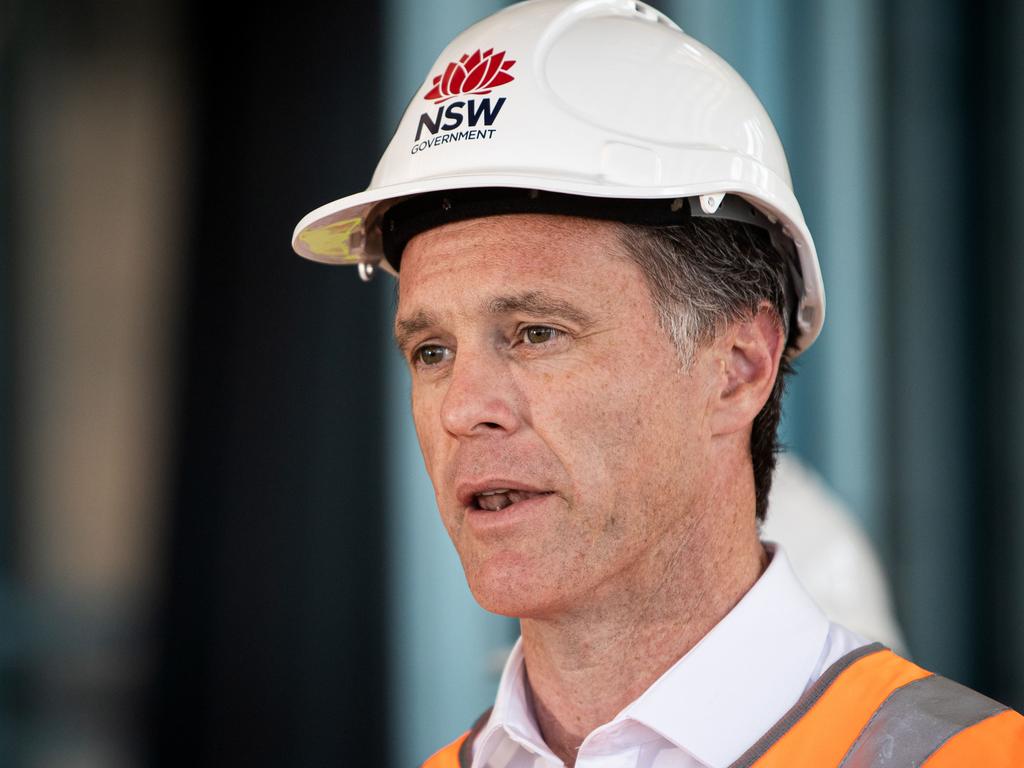NSW Labor’s responsible budget
Delivering Labor’s first state budget in NSW since 2010, the Minns government’s effort was shaped by two main factors – the promises it took to the March election and current economic challenges, especially housing and cost-of-living pressures. Premier Chris Minns and Treasurer Daniel Mookhey will invest heavily in housing and infrastructure this financial year and honour Labor’s pledge to scrap the Coalition’s public sector wages cap. Public servants, including frontline staff such as nurses, teachers and police, will receive a 4 per cent pay rise and an extra 0.5 per cent contributed to their superannuation nest eggs. At the same time, freezing the pay of politicians and top public servants sends a good message of restraint. In looking ahead, NSW Labor should heed the warning by ratings agency Moody’s that removing the wages cap, inflation and new spending on health, housing, infrastructure and cost-of-living relief measures will make it hard to contain recurrent spending in future.
That said, Mr Minns and Mr Mookhey deserve credit for avoiding the waste and tax slugs inflicted on Victorians by the Andrews government. And while NSW Labor was on a promise to public sector workers, future budgets should avoid the ballooning of the public sector that has unfolded under Annastacia Palaszczuk in Queensland, funded by the world’s highest coalmining royalties. Despite Mr Mookhey’s overblown anti-privatisation rhetoric, his budget suggests that like the Malinauskas government in South Australia, NSW is adopting a pragmatic approach to economic management, free of the ideologically driven irresponsibility of the Andrews government and the underachievement of Queensland Labor – a notable divide, as the pitfalls of the approaches taken by Victorian and Queensland Labor become clearer.
The Minns government deserves credit for finding $13bn in savings. It is also showing determination to tackle debt and interest repayments, as it must. Without debt reduction, as Mr Mookhey said, in three years “the state would have been handing our lenders $7bn in annual interest payments. This is billions more than we spend to fund the entire NSW Police Force.”
The budget is a cautious step forward in post-Covid financial recovery. Treasury is forecasting the budget deficit to reach $7.8bn this financial year, followed by surpluses – if they eventuate – of $844m, $1.6bn and $1.5bn in subsequent years. A $14.8bn reduction in gross debt by mid-2026 would save $400m in interest payments every year, Mr Mookhey said. Land in and around Sydney was locked up for too long. The government’s investment of $2.2bn in two new neighbourhoods with almost 5000 new homes will help but will not solve the housing shortage. The government has made the right call in avoiding rental caps, which would discourage investment and exacerbate the shortage of homes. The new developments will go some way to offsetting the effects of a surge in overseas migration.
That population growth, employment growth, higher wages, land tax and a resurgent property market are expected to deliver a taxation windfall to help the budget bottom line across four years. It will help pay for cost-of-living relief measures, such as $1.3bn in energy subsidies for 1.6 million households and 300,000 small businesses. A $60-a-week cap on road tolls for two years will help commuters without adding to inflation. The move to involve Indigenous leaders in the $1.5bn of spending on Aboriginal affairs is sensible. The Minns government has a long way to go. But after six months it has a firm grasp of the economic tiller.



